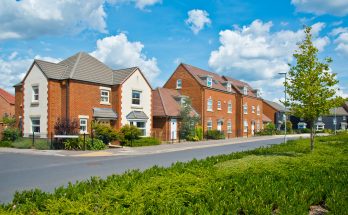During the past three decades, buildings in Russia have become twice as taller.
Russian cities continue to grow inexorably upwards. According to a CIAN study, the tallest houses have so far been built in cities with over a million residents, like Moscow (20.5 floors), Yekaterinburg (17.4 floors) and Krasnoyarsk (17.1 floors).
In cities with population of 500,000 – 1,000,000 people, the average number of floors of new buildings has doubled, reaching 12.8 floors. Meanwhile, in cities with population of over 300,000 residents, the average number of floors in newly built buildings is 12.6 floors.
Compared with the norms of housing construction in the Soviet period when the average height of buildings was 5.7 floors, the figure has more than doubled today. There has also been 52% increase in the average number of floors in newly built buildings since the 1990s. 
Vladivostok became the leader in terms of growth of average height of new buildings because the construction of high-rise buildings in this city was banned due to seismic risks for a long time. Now the average number of floors of new buildings in Vladivostok has reached 19.4 floors.
Other leaders include Tyumen and Irkutsk where the average number of floors in new buildings has increased by more than three times. The lowest growth rates have been recorded in Yaroslavl (+ 41%) and Ulyanovsk (+ 47%).
Overall, skyscrapers with over 30 floors can be found in seven Russian cities. Yekaterinburg alone has 13 skyscrapers with 31-52 floors. The tallest skyscraper is the 52-floor Iset Tower, which is part of the Yekaterinburg-City business district. Moscow-City apartment buildings have on average 57 floors.
Property experts predict further increase in the number of skyscrapers across Russia under a new housing renovation programme. 
Image: Moscow, Russia /  Alexander Smagin



